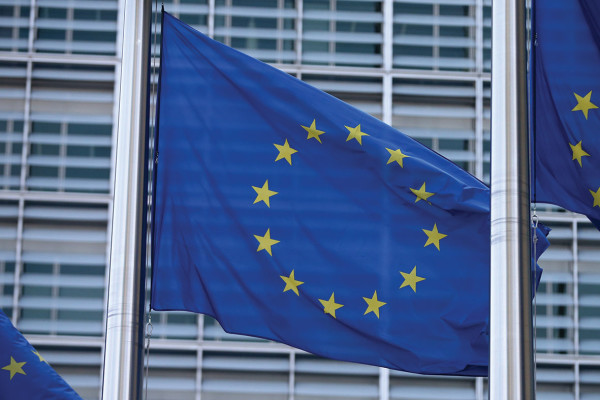

Political uncertainty around Brexit has resulted in a drop in the number of Full Sipps being opened at Curtis Banks as people hold back on investing in commercial property.
Due to Brexit and a subdued property market, savers are choosing not to make long-term decisions and refraining from investing in commercial property through their self-invested personal pension, according to Jane Ridgley, chief operating officer at Curtis Banks.
Due to this, the Sipp provider has seen a drop in the number of Full Sipp schemes which has subsequently led to a 0.5 per cent fall in the total number of Sipps administered by the firm, according to its interim results for the six months to June 30, 2019, published today (September 5).
Ms Ridgley told FTAdviser: “We are continuing to attract new business to our Full Sipp offering but this business is almost exclusively dependent on a commercial property being involved in the transaction.
“With the subdued market and the political uncertainty people are delaying making long term decisions about commercial property and we are seeing lower numbers on the Full Sipps.”
There has also been movement from the Full Sipp to the Mid Sipp.
Ms Ridgley said: “People have started to review older plans when there used to be less choice available. But, they now realise that the Mid Sipp offers everything they need at a more competitive price so more individuals are choosing to migrate to this product.”
A Full Sipp is typically linked to one or more other investment partners, with a full range of investment options. With this Sipp, a client can invest in multiple ways at once – for example, place money with a DFM, invest in a commercial property and hold a stockbroking account to make investments themselves.
A Mid Sipp is similar to a Full Sipp in that it is linked to one or more specific investment partners but also allows for integration. This means that investment transactions and accounts are often recording via automation.
Curtis Banks's new Sipp product, My Future Sipp, which was launched in February, provides both Mid and Full Sipp functionality in the same pension.
According to its results, in the first half of 2019 there were 19,930 Full Sipps, down from 20,281 in the first half of 2018.
This compares to 27,266 Mid Sipps in the first half of 2019, up from 25,597 the first half of 2018.
Ms Ridgley said: “Mid Sipps are our key focus at the moment and we have grown this book by just over 10 per cent.
"In relation to eSipps, we are not and do not aspire to be the most competitively priced in the industry in this area, therefore we often find that attrition is driven by price.”
Curtis Banks also said that it encourages advisers to either close or transfer from plans which are inactive or not profitable.
In the results, Curtis Banks chief executive Will Self revealed that was actively seeking Sipp books to acquire following the launch of its Your Future Sipp product in February this year.
Mr Self told FTAdviser: “The beauty of our experience around acquisitions is that they can take many different forms.
“At its core, we are looking at complementary businesses, such as Sipp firms with Sipp books, or other firms that have similar retail customers that we can bolt on and administer.
“This can take many different guises, it could be a stand-alone acquisition or an acquisition of a book of business, the list goes on. But we are experienced, having done 12 acquisitions over the past 10 years, in working through the right methodology and the right way of doing this.”
amy.austin@ft.com
What do you think about the issues raised by this story? Email us on fa.letters@ft.com to let us know.



